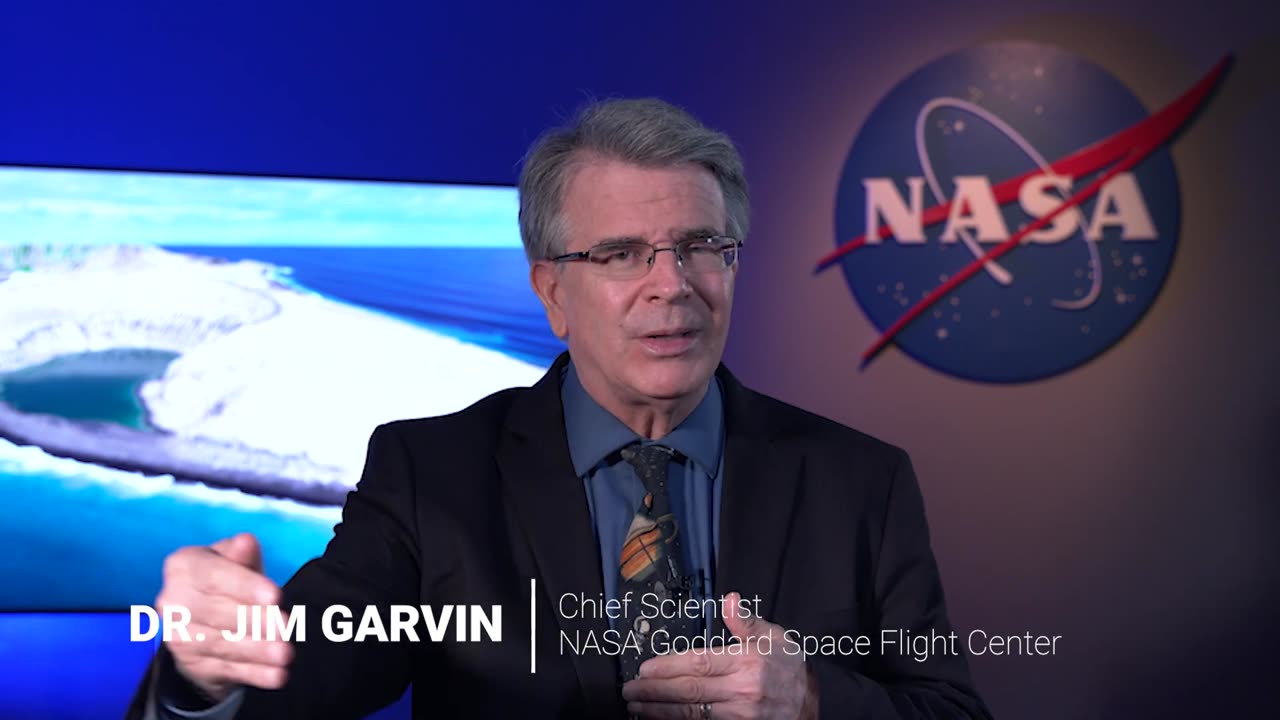Premium Only Content

How NASA Sees the Life Cycle of Volcanic Island Hunga Tonga-Hunga Ha’apai
How NASA Sees the Life Cycle of Volcanic Island Hunga Tonga-Hunga Ha’apai
When the Hunga Tonga-Hunga Ha’apai volcano erupted on Jan. 15, it sent a tsunami racing around the world and set off a sonic boom that circled the globe twice. The underwater eruption in the South Pacific Ocean also blasted an enormous plume of water vapor into Earth’s stratosphere – enough to fill more than 58,000 Olympic-size swimming pools. The sheer amount of water vapor could be enough to temporarily affect Earth’s global average temperature. So outside of its sheer magnitude, what makes this eruption so unique? Well, it’s really a matter of our ability to see it through NASA and ESA satellites. Music credit: “Color Chart” and “Bright Horizons” from Universal Production Music Credit: NASA's Goddard Space Flight Center Emily Watkins (GSFC Interns): Lead Producer Kathleen Gaeta(GSFC AIMMS): Producer Dr. James Garvin (NASA Chief Scientist Goddard): Lead Scientist This video can be freely shared and downloaded at https://svs.gsfc.nasa.gov/14214. While the video in its entirety can be shared without permission, the music and some individual imagery may have been obtained through permission and may not be excised or remixed in other products. Specific details on such imagery may be found here: https://svs.gsfc.nasa.gov/14214. For more information on NASA’s media guidelines, visit https://www.nasa.gov/multimedia/guidelines/index.html. If you liked this video, subscribe to the NASA Goddard YouTube channel:
-
 2:00:54
2:00:54
Redacted News
4 hours agoBREAKING! Putin just SHOCKED the world, launches nuclear capable warheads "NATO can't stop it"
142K250 -
 55:37
55:37
Candace Show Podcast
4 hours agoMatt Gaetz Out, Jussie Smollett Walks Free! | Candace Ep 108
100K229 -
 LIVE
LIVE
LFA TV
22 hours agoTrump Has Learned His Lesson | Trumpet Daily 11.21.24 7PM EST
675 watching -
 LIVE
LIVE
theDaily302
11 hours agoThe Daily 302-Special Border Invasion Shutdown Show
168 watching -
 4:29:05
4:29:05
Tate Speech by Andrew Tate
12 hours agoEMERGENCY MEETING EPISODE 92 - IN THE TRENCHES
748K1.01K -
 1:01:23
1:01:23
In The Litter Box w/ Jewels & Catturd
1 day agoThe Trump Effect | In the Litter Box w/ Jewels & Catturd – Ep. 696 – 11/21/2024
81.4K29 -
 20:53
20:53
SLS - Street League Skateboarding
2 days agoGold Medals, World Class Food, Night life & more - Get Lost: Tokyo
75.9K7 -
 47:13
47:13
PMG
20 hours ago $1.26 earned"Hannah Faulkner and Doug Billings | WHY LIBERALS LOST THE ELECTION"
41.9K -
 59:01
59:01
The Liberty Lobbyist
6 hours ago"We Only Have NOW To Make a Difference"
42K2 -
 4:16:41
4:16:41
CatboyKami
8 hours agoStalker 2 Blind playthrough pt1
40.9K2